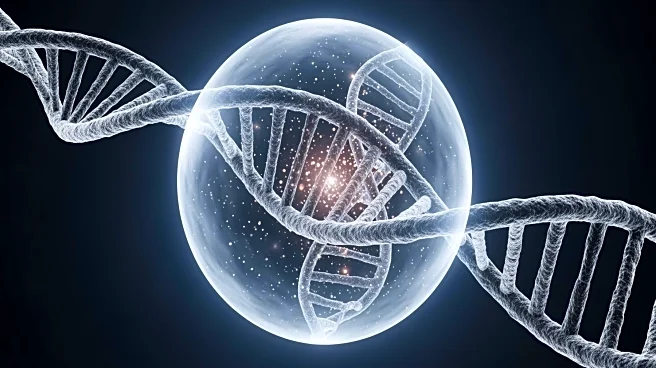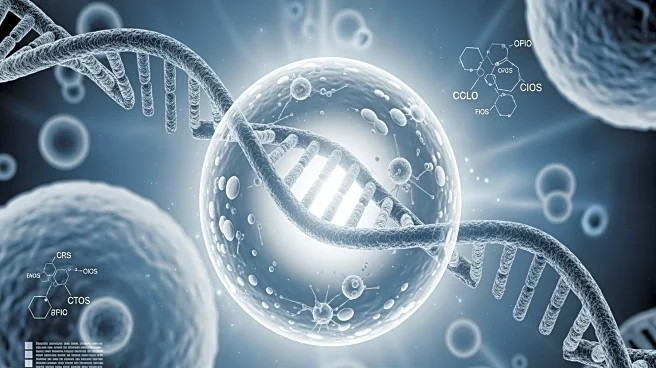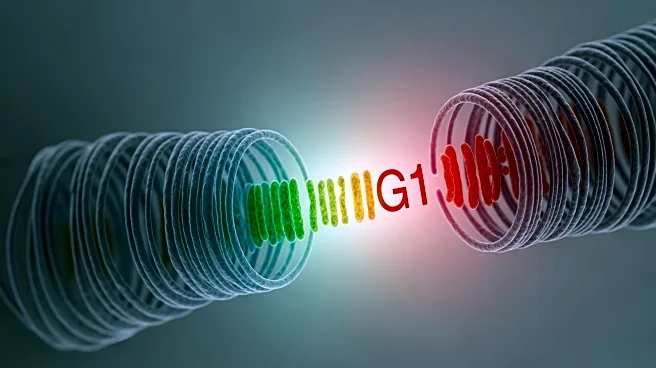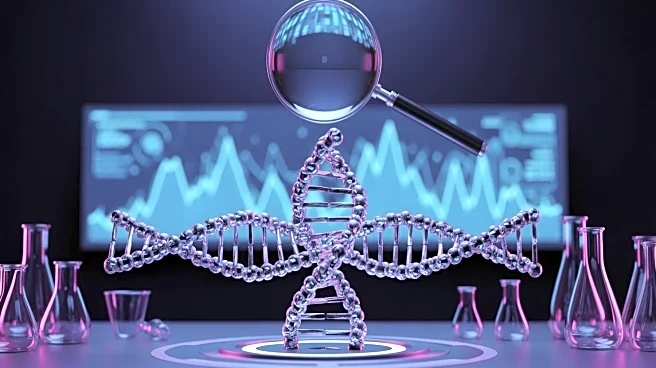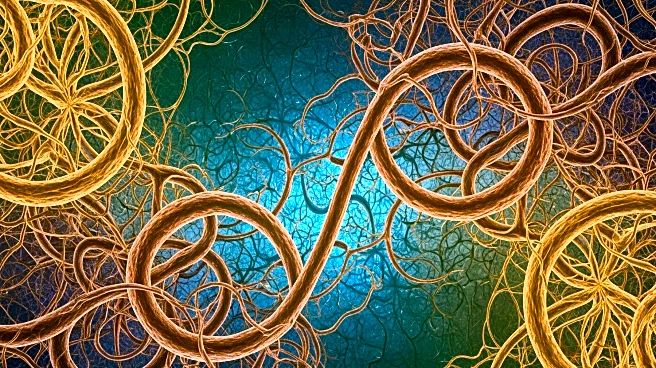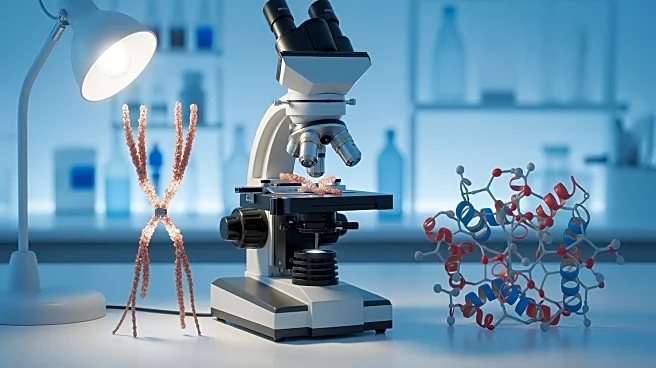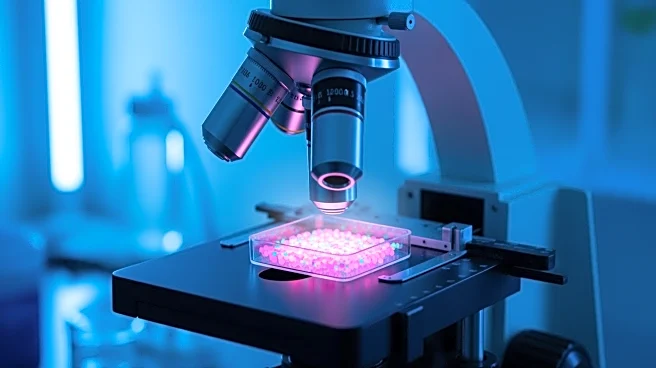What's Happening?
Researchers at MIT have discovered that the genome maintains its 3D structure during cell division, contrary to the long-held belief that it loses this structure. Using a high-resolution genome mapping
technique called Region-Capture Micro-C (RC-MC), the team found that small 3D loops connecting regulatory elements and genes persist during mitosis. These loops, known as microcompartments, become more prominent as the cell divides, suggesting that the genome's structure is not entirely lost during cell division. This discovery challenges the previous understanding that mitosis acts as a 'blank slate' with no transcription or structure related to gene activity.
Why It's Important?
This finding has significant implications for understanding gene regulation and the cell cycle. By revealing that the genome retains some structural features during mitosis, the study provides new insights into how cells 'remember' gene interactions across cell cycles. This could impact research in genetics, cell biology, and related fields, potentially leading to advancements in understanding diseases linked to gene regulation errors. The persistence of microcompartments during cell division may also explain the spike in gene transcription observed at the end of mitosis, offering a new perspective on cellular processes.
What's Next?
The researchers plan to explore how variations in cell size and shape influence genome structure and gene regulation. They aim to understand how cells decide which microcompartments to retain or discard when entering the G1 phase, ensuring accurate gene expression. This ongoing research could further elucidate the mechanisms of gene regulation and contribute to the development of new therapeutic strategies for genetic disorders.
Beyond the Headlines
The study highlights the importance of high-resolution genome mapping techniques in uncovering previously overlooked aspects of cellular biology. By challenging established beliefs, this research underscores the dynamic nature of scientific understanding and the potential for new technologies to reshape foundational concepts in biology.
